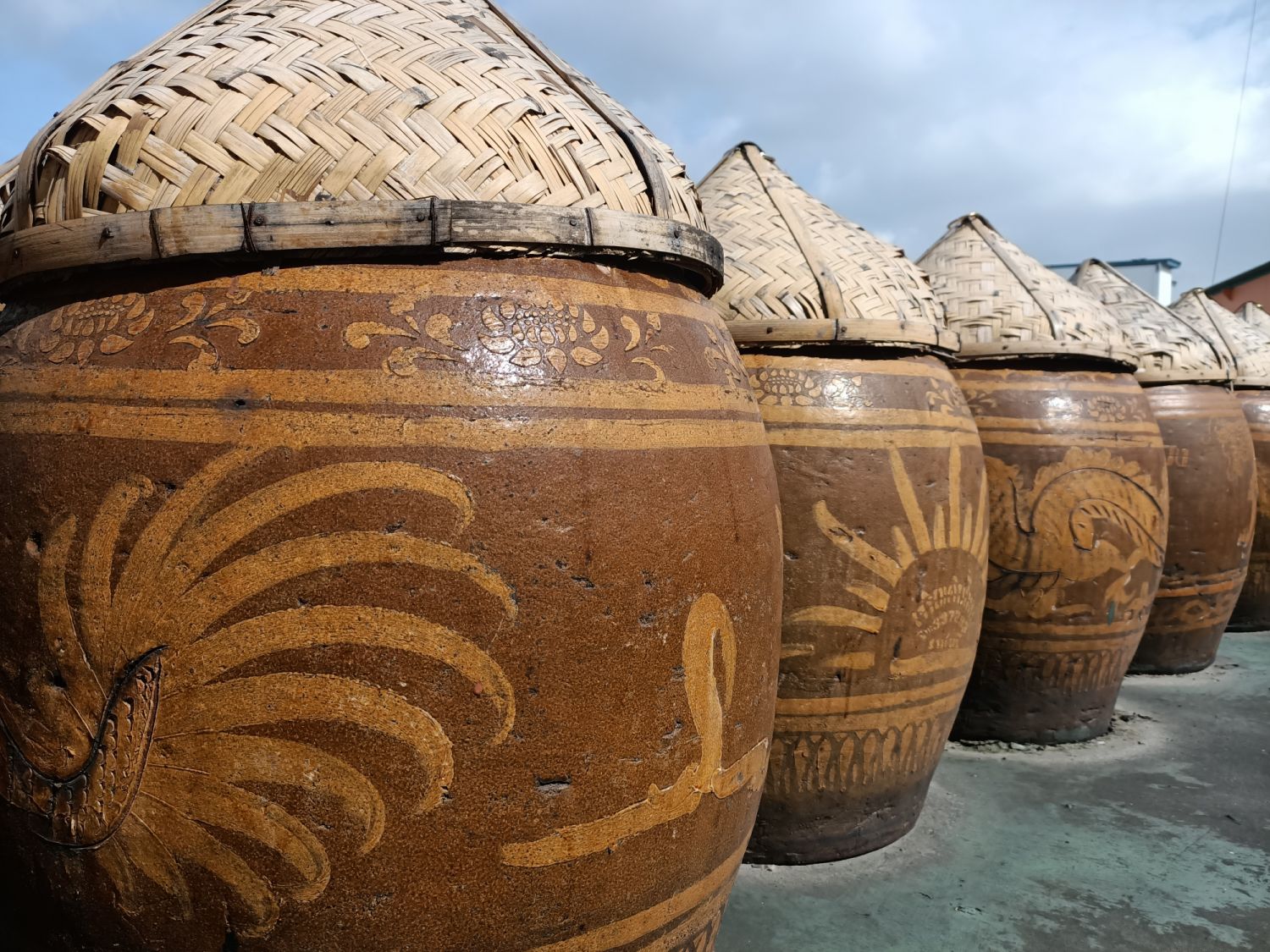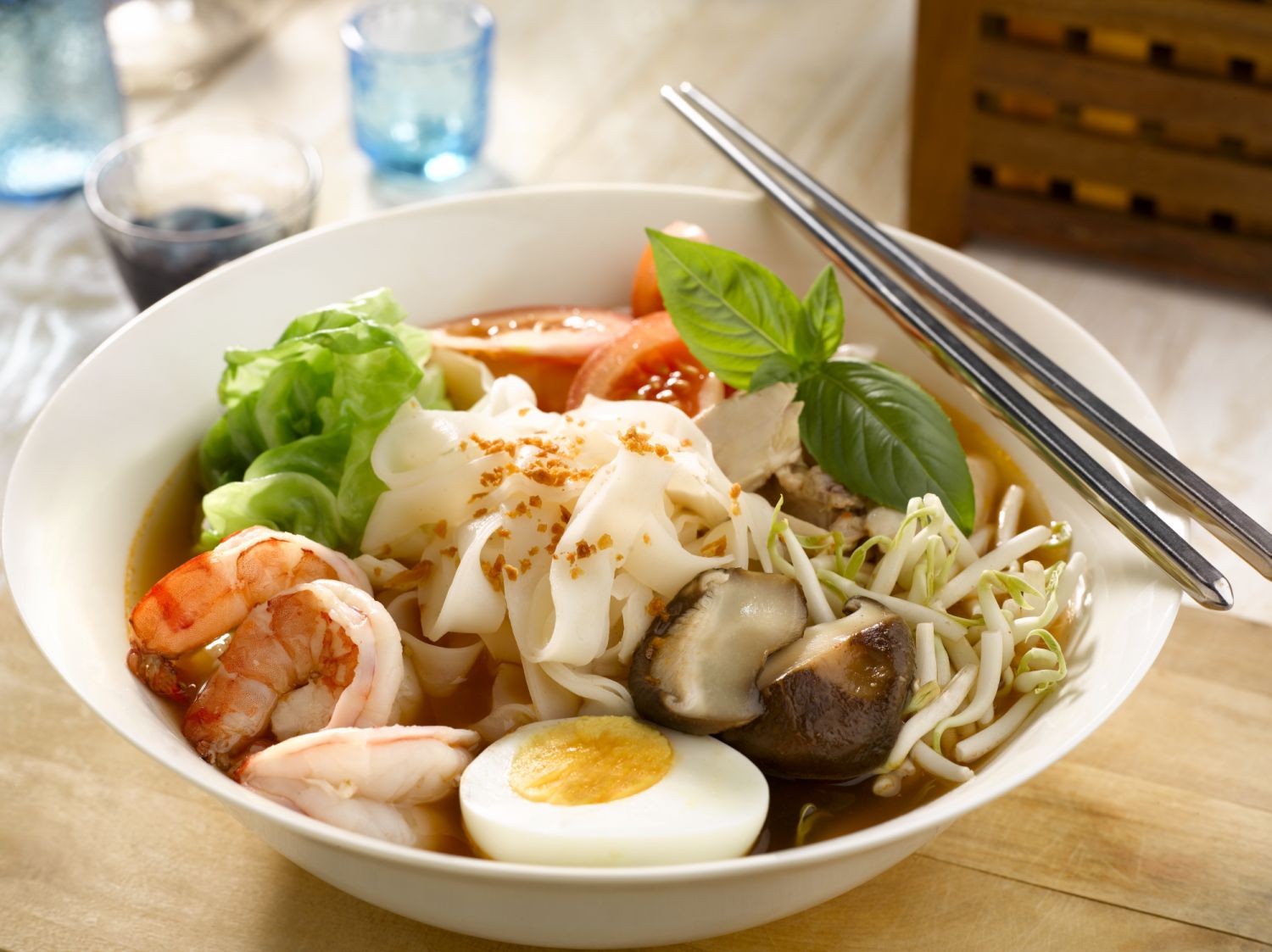Meet these third-generation business owners who keep their families’ food legacies alive
Even with the ongoing Covid-19 pandemic, these Singaporean food producers keep the flag flying for their family’s food businesses. Nanyang Sauce’s owner Ken Koh continues to safeguard his grandfather’s traditional approach to hand-brewing soya sauce. For siblings Annie and Raymond Tan, it’s a balancing act to preserve heritage while injecting a new lease of life to their company, Tan Seng Kee Foods.
Read more: Life Lessons in the Kitchen: How These Chefs’ Childhoods Shaped the Way They Are Today

Nanyang Sauce
Tan Tiong How, Ken’s maternal grandfather, arrived in Singapore in the 1940s in search of a better life. Tan came from a line of soya sauce makers in China’s Fujian province, but when he arrived, he had to take on odd jobs as a coolie. To flavour his porridge, he made his own soya sauce and gave some to his friends. When Tan realised there was a market for it, he started selling the soya sauce from a tricycle. In 1959, with a little bit of savings, he bought a small piece of land for his company which he christened Nanyang. The forward-thinking entrepreneur also got his label trademarked in 1962.
After Tan passed away suddenly in 1996, Ken’s mother Tan Poh Choo, who’s the eldest in the family, took over the business. “My mum, Nanyang’s Sauce Master, was recently recognised as a Steward of Cultural Heritage in Singapore by the National Heritage Board (NHB) for her artisan craft of handmade soya sauce,” Ken proudly shares. He joined Nanyang in 2018 as he felt that it was his responsibility as the eldest grandson to carry on the family business. Before that, he was running his own business in corporate speaking and training.




